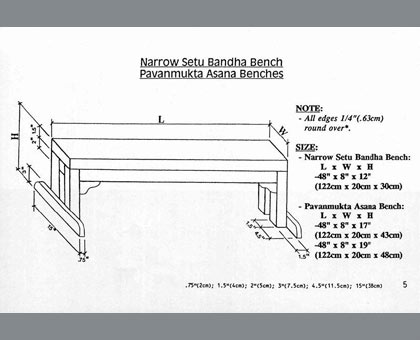Use of Props
B.K.S. Iyengar refined the use of props in the practice of yoga to allow all practitioners access to the benefits of the postures regardless of physical condition, age, or length of study. Props can be used to:
- 1. create optimal body alignment.
- 2. make specific actions or poses accessible to those who may not otherwise be able to perform the posture due to physical limitations.
- 3. help adjust or support the practitioner to work in a range of motion that is safe and effective.
- 4. instruct or highlight a particular quality, action, or aspect of a yoga posture to enhance personal understanding of a posture and its effects.
- 5. help all practitioners (including the most advanced) gain sensitivity to the balance of effort and relaxation in the postures
- 6. provide support so that the practitioner can receive the deep benefits of holding a posture for significant time periods.
- 7. enhance the restorative or therapeutic qualities of a posture.
Props include sticky mats, blankets, belts, blocks, chairs, benches, wall ropes, sandbags, and other objects that help students experience the various yoga poses more profoundly.
Allowing students to practice asanas (yoga postures) and pranayamas (breathing patterns) with greater effectiveness, ease, and stability, props can provide support for the body and allow the mind to relax and more profoundly receive the benefits of the yoga.
(Courtesy IYILA)
Download Measurement for Props PDF (2.56mb)






